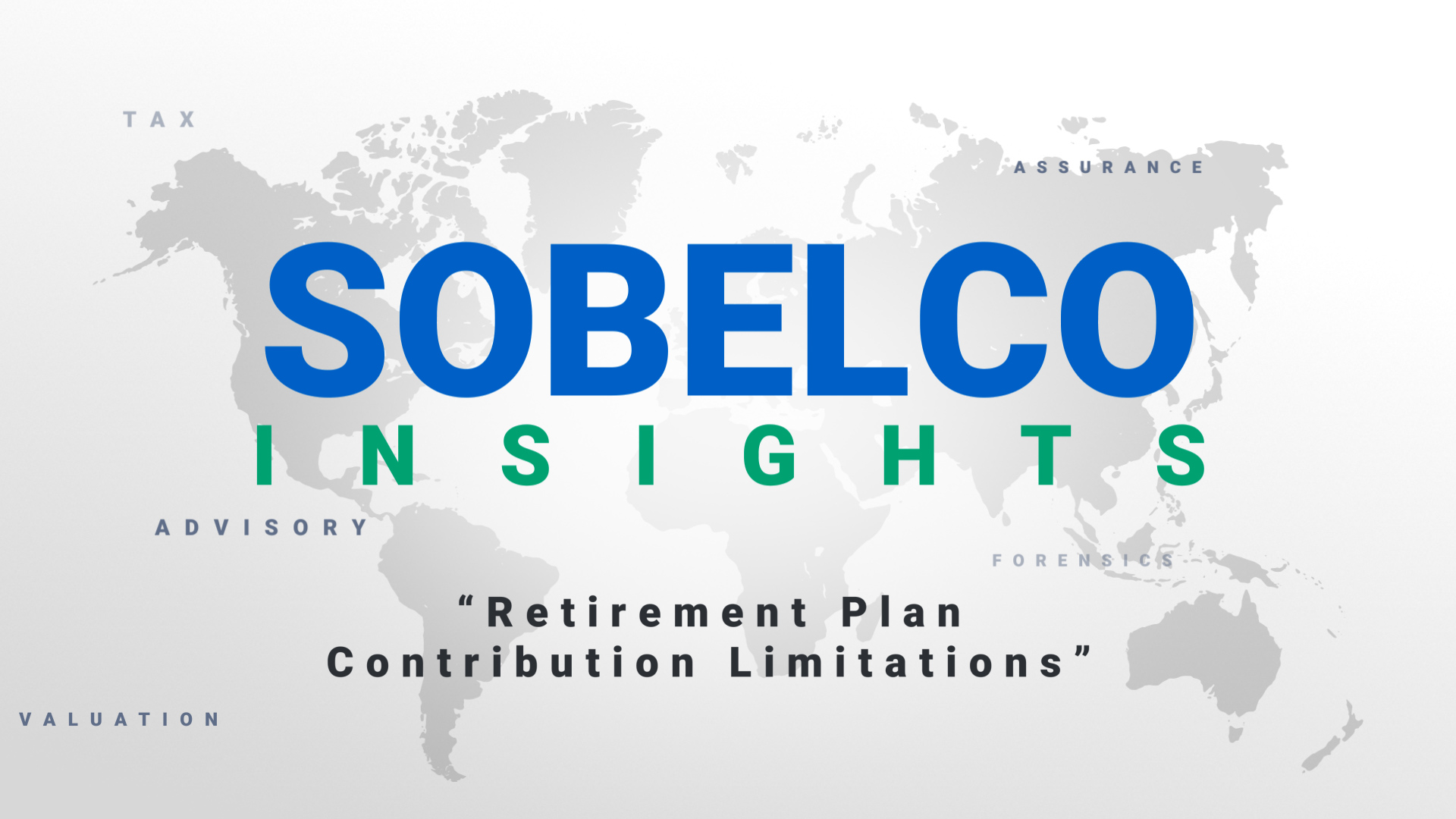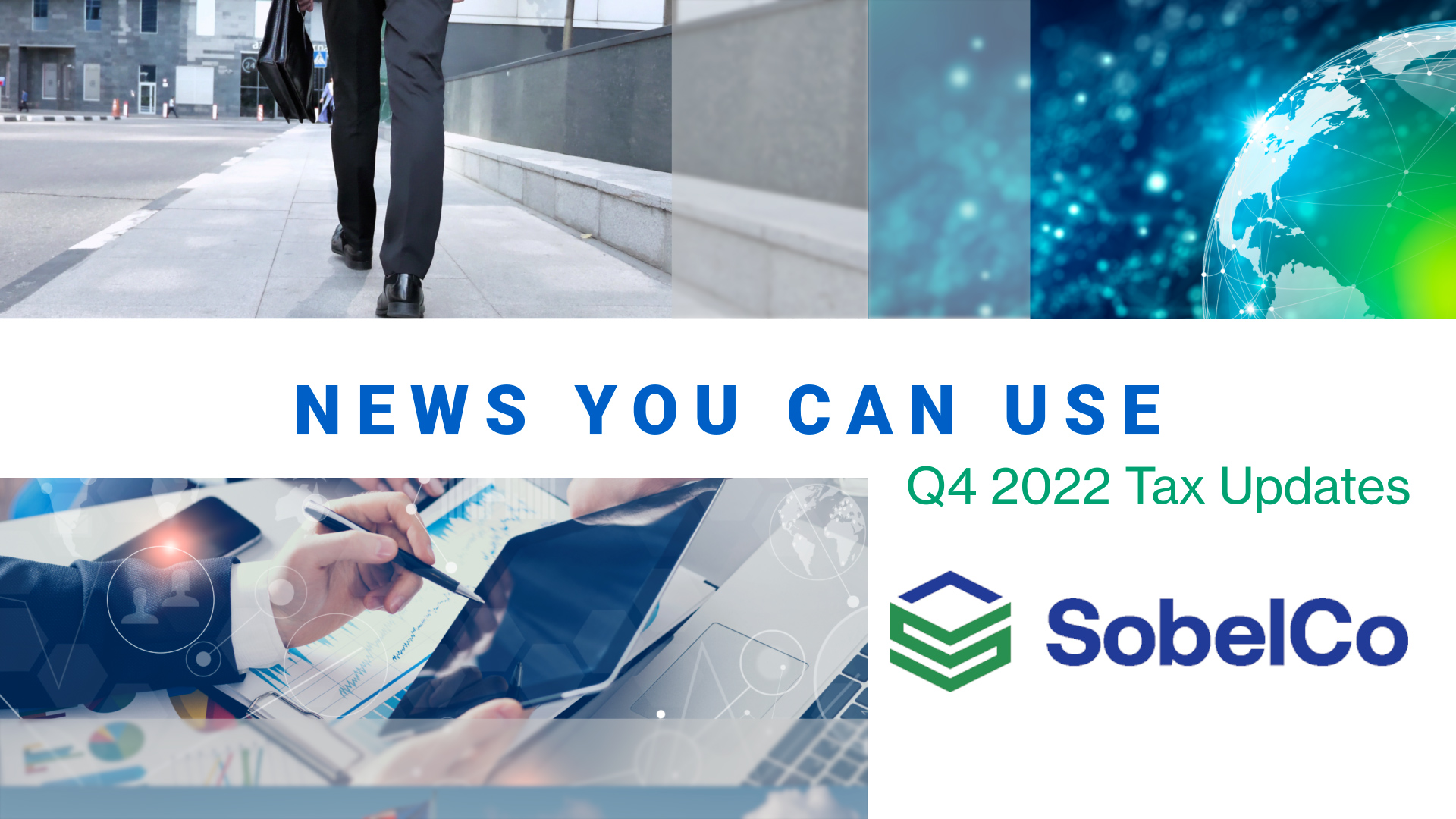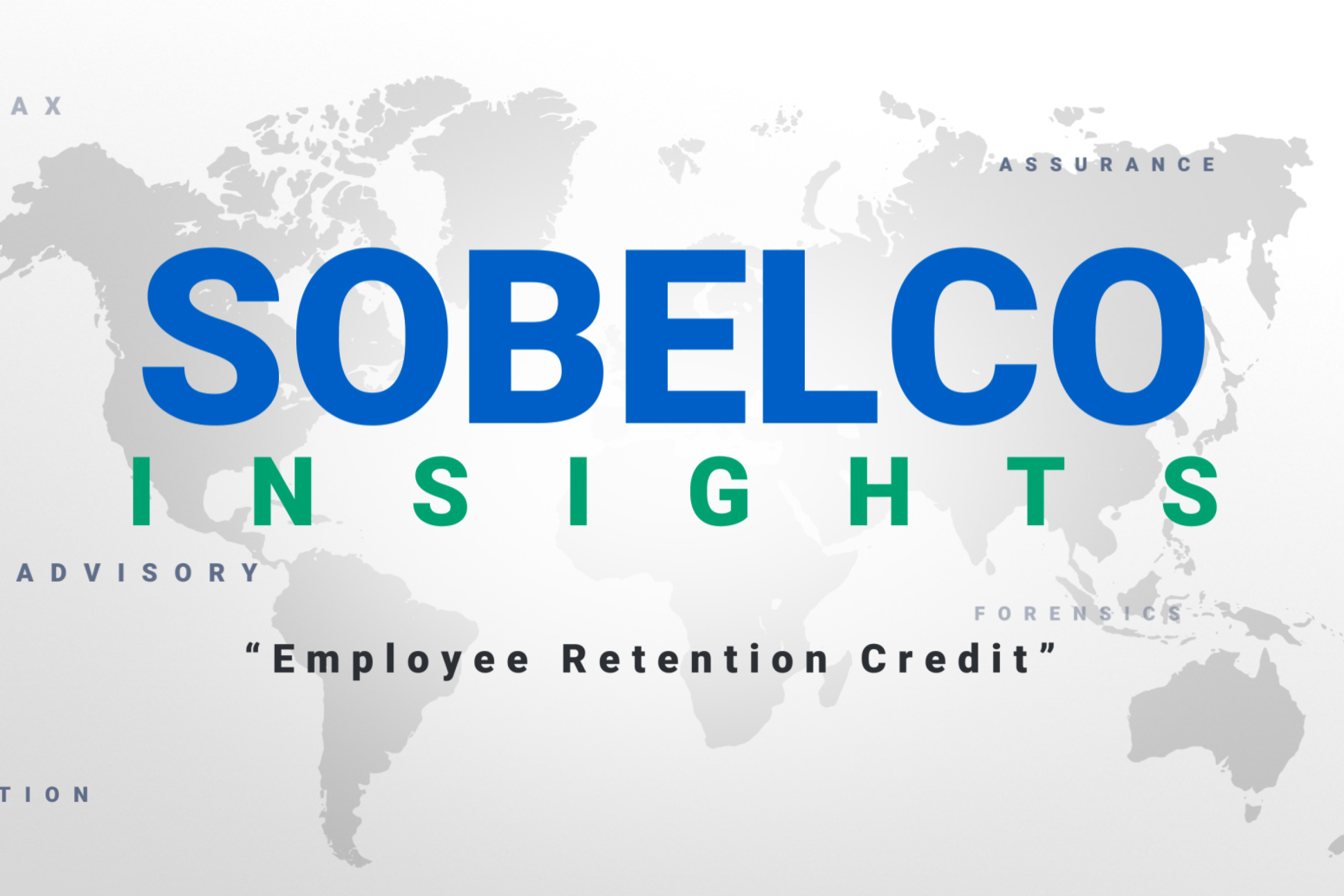
The Paycheck Protection Program (PPP): Key Attributes
In response to the economic devastation brought by COVID-19 pandemic, the United States Congress voted to create the $2 trillion Coronavirus Aid, Relief, and Economic Security (CARES) Act. As a key part of that piece of ground breaking legislation, the Treasury was authorized to leverage the Small Business Administration’s (SBA) existing lending program as a platform to fund loans issued for up to $10 million per borrower under PPP.
Per the guidelines surrounding the establishment of PPP, qualifying businesses that were in operation on Feb. 15, 2020, with 500 or fewer employees, could apply for the loan. If they used the funds specifically to cover payroll, mortgage interest, rent, and utilities, and other eligible costs they could then seek to have the loans forgiven. But every borrower was forewarned that if less than 75% of the funds would be spent on payroll over an eight-week loan forgiveness period, then loan forgiveness would be reduced.
Further Guidelines Regarding Loan Forgiveness: Two Interim Final Rules
On Friday evening, May 22, 2020, the U.S. Department of the Treasury and the U.S. Small Business Administration (SBA) jointly released two interim final rules for the Paycheck Protection Program in order to provide more complete answers for some of the more commonly asked loan forgiveness questions. The announcement issued late on Friday specifically offered more details regarding:
- Requirements and process for loan forgiveness
- Review procedures and related borrower and lender responsibilities
Recap of Key Features – Requirements and Process for Loan Forgiveness
Friday’s announcement included:
Establishing an alternative method for determining when the eight-week period starts for businesses with pay cycles of bi-weekly or more frequent.
Clarifying that bonuses and hazard pay are eligible for loan forgiveness, as are salary, wages, and commission payments to furloughed employees.
Putting caps on the amount of loan forgiveness available for owner-employees and self-employed individuals’ own payroll compensation. (For self-employed individuals, including Schedule C filers and general partners, no additional forgiveness is provided for retirement or health insurance contributions.)
Clarifying when non-payroll costs must be incurred or be paid to qualify for loan forgiveness. (Advance payments on mortgage interest are not eligible for loan forgiveness)
Reiterating the rules for when employers can exclude from loan forgiveness calculations employees who refuse to be rehired. (Borrowers must notify the state unemployment office of an employee’s rejected offer within 30 days of that rejection)
Defining full-time equivalent as 40 hours, and introducing two methods for calculating FTEs for non-fulltime employees.
Declaring that borrowers can restore forgiveness if they rehire employees by June 30, 2020 and reverse reductions to salaries and wages for FTE employees by June 30, 2020.
Recap of Review Procedures and Related Borrower and Lender Responsibilities
Friday’s second announcement included:
Establishing that the SBA may review any PPP loan, regardless of size, to determine if the borrower is eligible for PPP loans under the CARES Act, whether the borrower calculated the loan amount correctly and used the funds for eligible costs, and whether the borrower is eligible for the amount of loan forgiveness it requests.
Declaring that borrowers may appeal SBA determinations within 30 days of receipt.
Requiring lenders to decide on loan forgiveness within 60 days of receipt of the complete application from the borrower.
Clarifying that borrowers may be asked questions by lenders and the SBA.
Confirming that lenders will not be paid their fees for any PPP loans the SBA deems ineligible.
What Remains Unclear Regarding Loan Forgiveness?
Unfortunately the announcement on Friday still did not clarify the two parts of PPP that have generated much of the confusion, which include making changes to either:
(1) The eight-week period during which PPP funds must be spent to qualify for forgiveness – which is considered to be too rigid, and unrealistic, a time frame for most businesses
(2) The requirement that PPP borrowers must spend at least 75% of the funds on payroll costs to qualify for full loan forgiveness – an expectation that does nothing to accommodate businesses whose employees haven’t been able to work because of government-imposed business closures.
Even though answers are not yet forthcoming from the SBA on these two critical concerns, nonetheless, it should be noted that solutions for these topics are already being considered in Congress.
In fact, both the Senate and the House of Representatives are considering their own legislation that would extend the loan forgiveness period beyond eight weeks and, at the same time, both the Senate and the House will be recommending the elimination of the rule requiring PPP borrowers to spend at least 75% of the funds received on payroll costs in order to be qualify for full loan forgiveness.
What’s Next?
These just-released announcements provide us with the most recent information and current guidelines regarding applying for loan forgiveness that we have available to date. We will continue to monitor the process and await additional clarification as it becomes available. If you have any questions or concerns please do not hesitate to call us. We will do our best to provide you with the information you need to make educated and informed decisions!


